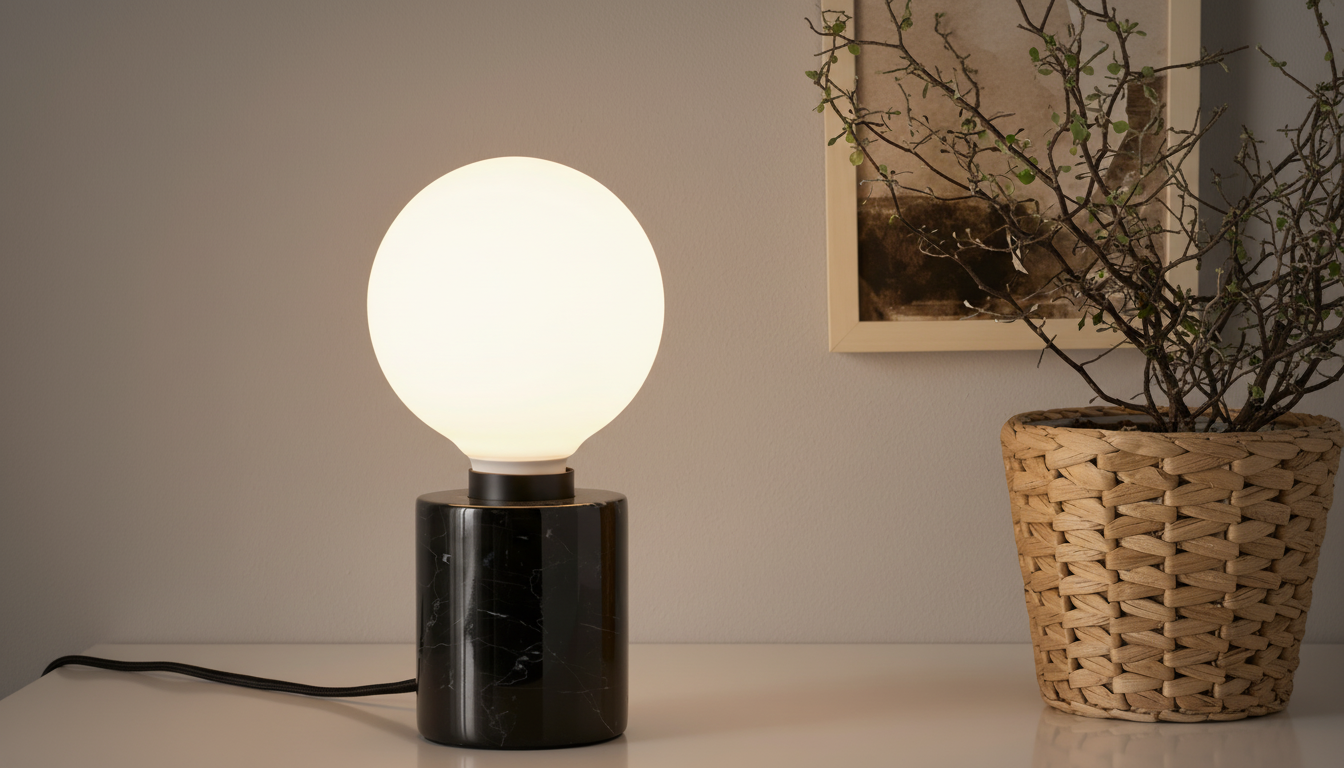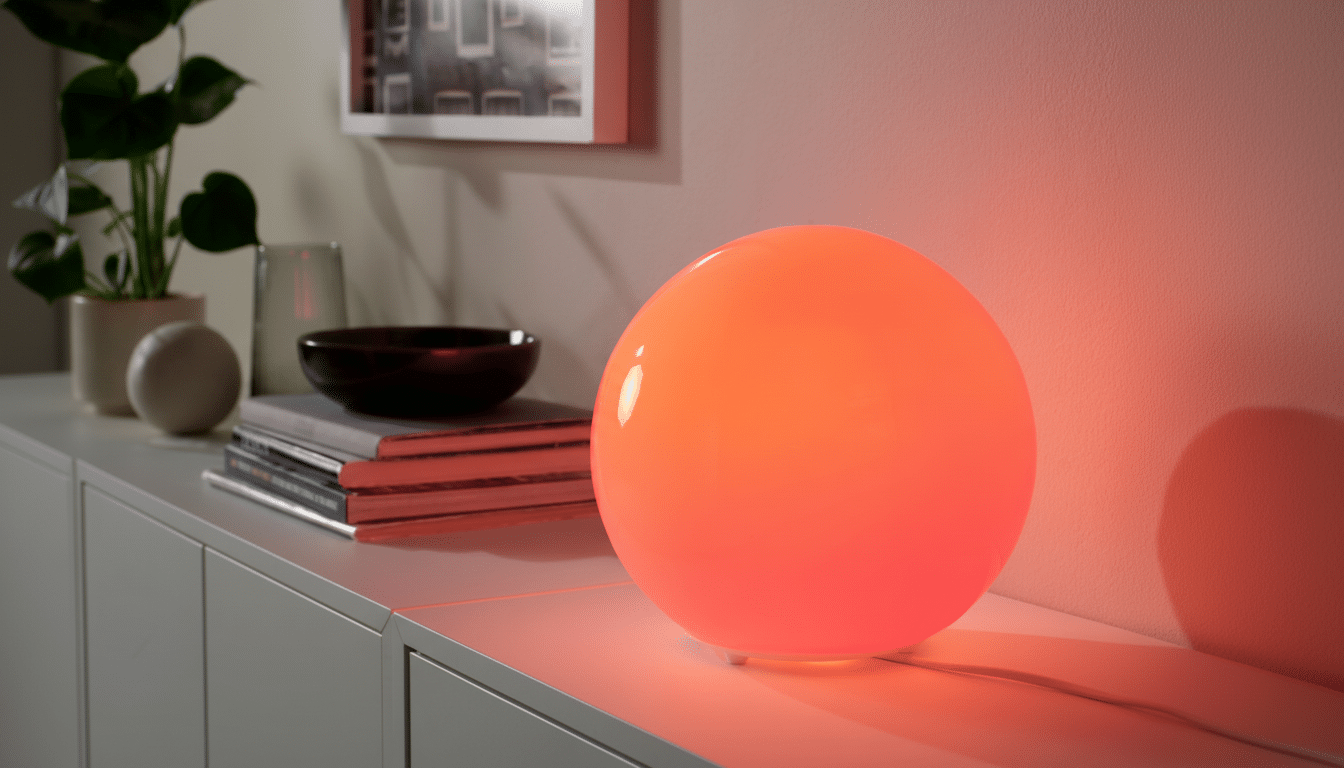IKEA is gearing up for its biggest smart home push yet with a new line of Matter-compatible devices meant to slash complexity and cost. The launch encompasses 21 products that cross major platforms out of the box, and demonstrates a desire to make connected lighting and sensors as accessible as a flat-pack lamp.
Members of the collection include lighting, sensors and controls — all constructed around the universal Matter standard for setup in Apple Home, Google Home, Amazon Alexa or SmartThings. By relying on Thread and Wi‑Fi the devices seek fast, local control without lock-in or a maze of proprietary bridges.
- What IKEA is adding to its new Matter smart lineup
- Why Matter lowers smart home friction across platforms
- Pricing and positioning for IKEA’s Matter device line
- Who benefits most from IKEA’s broader Matter rollout
- Early questions about devices, protocols, and regions
- The bottom line on IKEA’s push into Matter basics

What IKEA is adding to its new Matter smart lineup
Lighting is the headline act. The KAJPLATS bulb family consists of 11 different shapes, sizes, and lumen levels on four product types. The goal is straightforward: options that work with a bedside lamp, a kitchen ceiling fixture and everything in between with no need to rethink your home wiring.
On the sensing end, IKEA is adding five options including motion, air quality, humidity and water leakage. That pairing opens up convenient automations: lights that gently cue up when someone walks down the hallway at night, notifications when indoor air starts getting stuffy or alarms for rising levels of moisture before a slow drip turns into an expensive repair.
For daily operations, the collection consists of the GRILLPLATS smart plug and three BILRESA remotes. That translates to room-by-room scene switching, dimming and plug power control as first-party devices in whatever ecosystem you’re running the Matter language on.
Why Matter lowers smart home friction across platforms
Matter is the cross-industry standard that’s being maintained by the Connectivity Standards Alliance and backed by the largest platform vendors. Its headline promises — multi-admin control, local networking and a shared device model — translate into less app downloading, less cloud round-tripping, and fewer support headaches when families are running mixed iOS and Android households or toggling between assistants.
The market has already embraced thousands of Matter-certified products, according to the Connectivity Standards Alliance, and IKEA’s latest releases tap into that momentum. Thread in particular suits low-power sensors with mesh reliability and improved battery life, while Wi‑Fi can handle higher-throughput tasks like smart plugs without adding complexity.
Pricing and positioning for IKEA’s Matter device line
IKEA’s strength has always been scale and value. Now mainstream bulbs are running $15–$30 in smart home aisles today and remotes or plugs can climb even higher. If IKEA can bring its typical pricing discipline to Matter — especially if things like basics start at single digits — it could reset entry-level expectations and open up automation to even more people.
Pricing and availability are still under the curtain for this new wave, with the company presenting it as a first phase involving high-utility categories, before moving on beyond that. IKEA says the line represents years of development and testing in actual homes, a tip of the cap to durability and an onboarding flow that doesn’t take for granted existing smart home knowledge.

Most devices should pair with your app of choice directly, though advanced features or firmware updates may still appear in IKEA’s own software and some owners might hang on to the Dirigera hub. That balance — native Matter basics, with optional branded extras — is in the process of becoming standard as manufacturers move off their proprietary stacks.
Who benefits most from IKEA’s broader Matter rollout
Renters and smart home newbies will benefit most. They don’t require rewiring, you can easily take them with you when moving and shared control even works in mixed-platform homes. Automations are portable as well: if you develop a routine in one app, you can control it from another without having to reinvent the wheel.
Landlords and small businesses receive practical safety and efficiency solutions, too. Here’s a simple example: When motion is detected after hours, a KAJPLATS bulb can slowly rise in illumination over the course of 10 minutes (to avoid blinding anyone) while a door and leak sensor sends notifications and shuts down power to a connected pump with the GRILLPLATS plug — all processed locally for faster execution and reliability.
Early questions about devices, protocols, and regions
Here are a few details to watch:
- How many of the company’s products rely on Thread versus Wi‑Fi
- Rated battery life figures for sensors
- Availability by region
Thread devices also gain from a border router already present in many homes — Apple TV models more recent than the 4th gen, for example, Nest Wi‑Fi Pro or Eeros — which stitch devices into a strong mesh.
Interoperability is Matter’s promise, but feature parity can depend on the app. Energy reporting, scene granularity and button mapping may differ by platform, so setting expectations — and picking the right ecosystem for your home — still matters.
The bottom line on IKEA’s push into Matter basics
By combining aggressive pricing with a no-hassle Matter onboarding experience, IKEA might just help smart home basics go mainstream for a much larger audience than they do today. The company is betting not on exotic features but on making the first 10 minutes — and then the first $50 — so straightforward that more people finally say yes to a smarter home.

